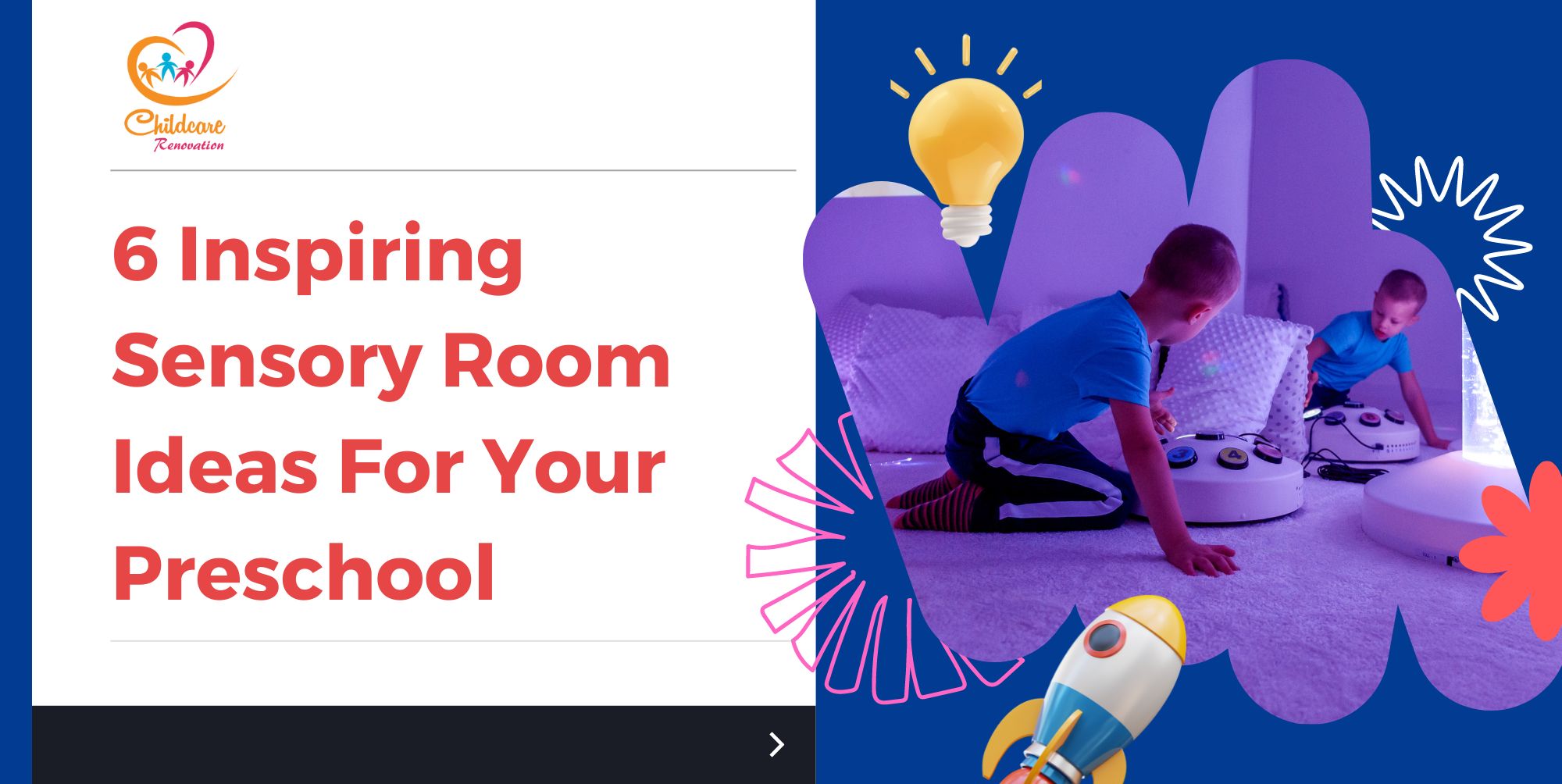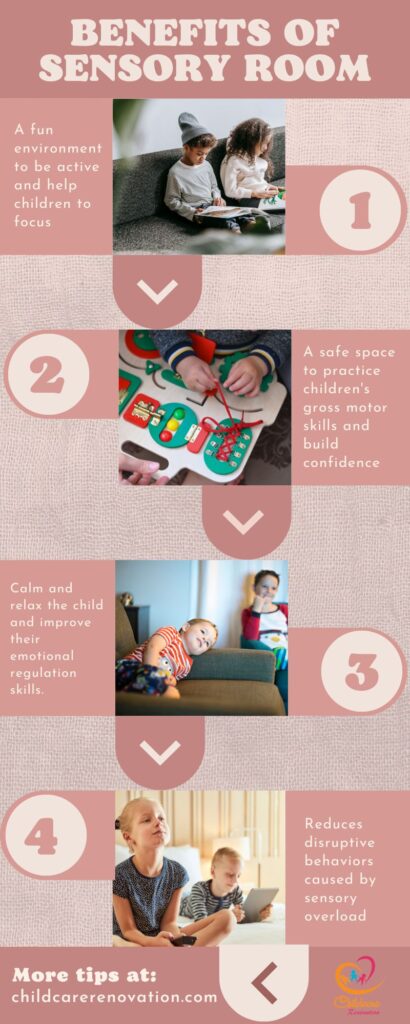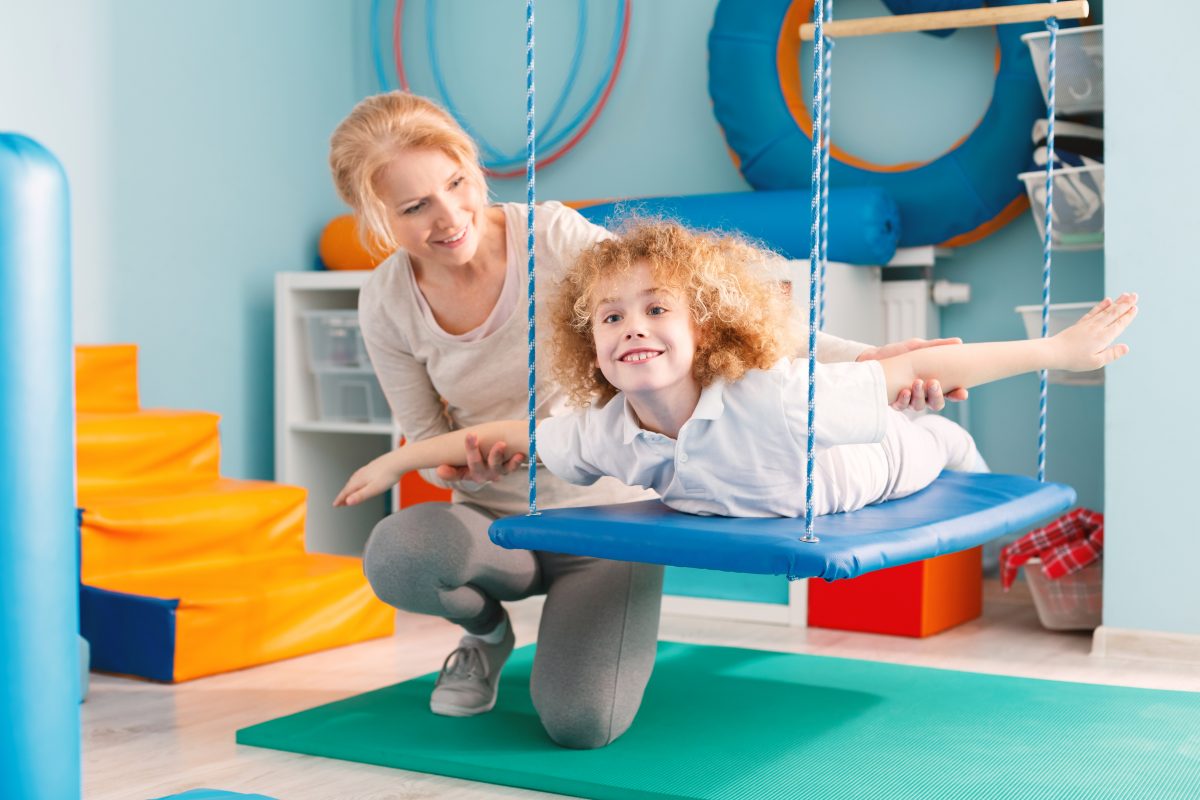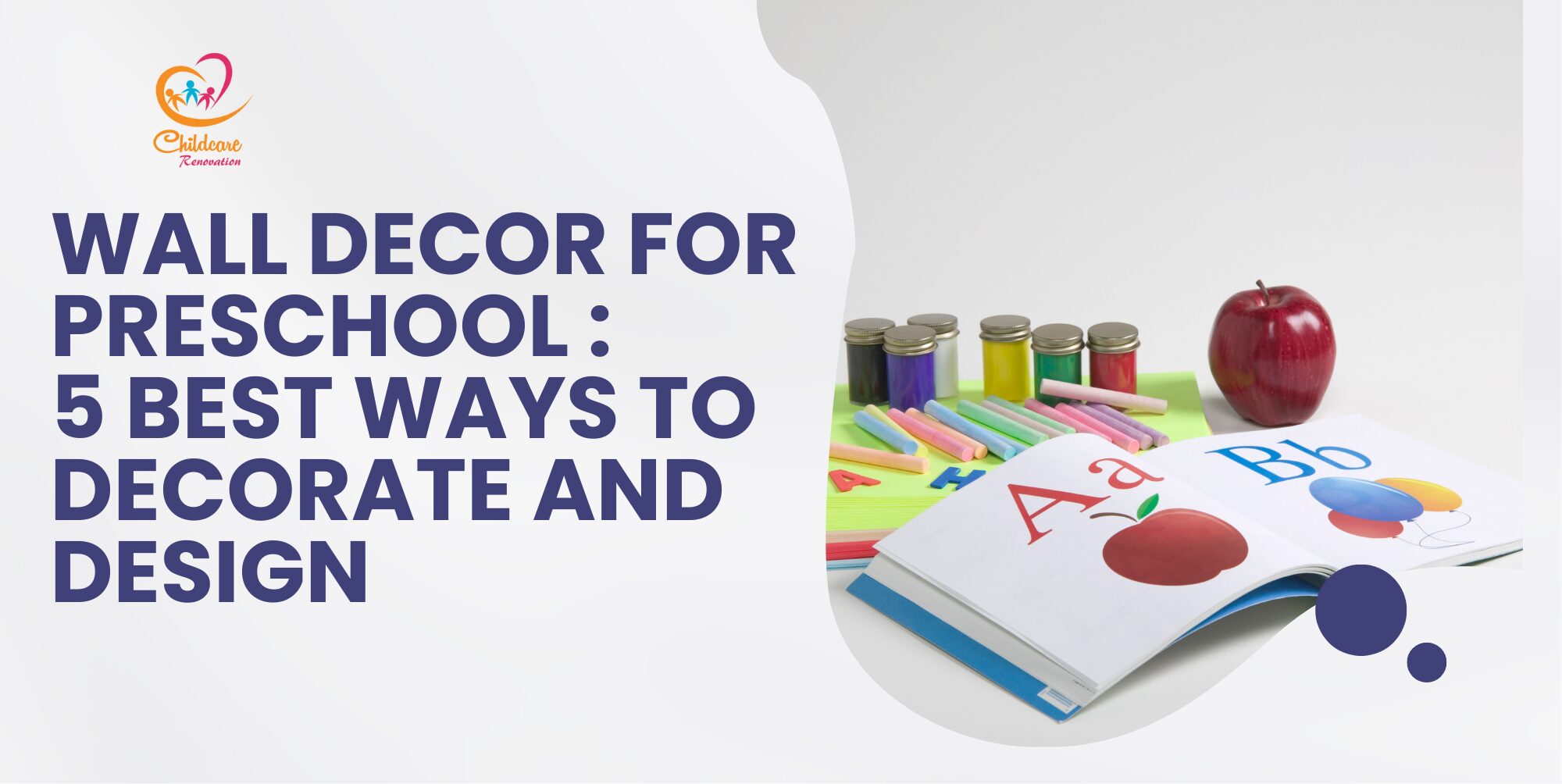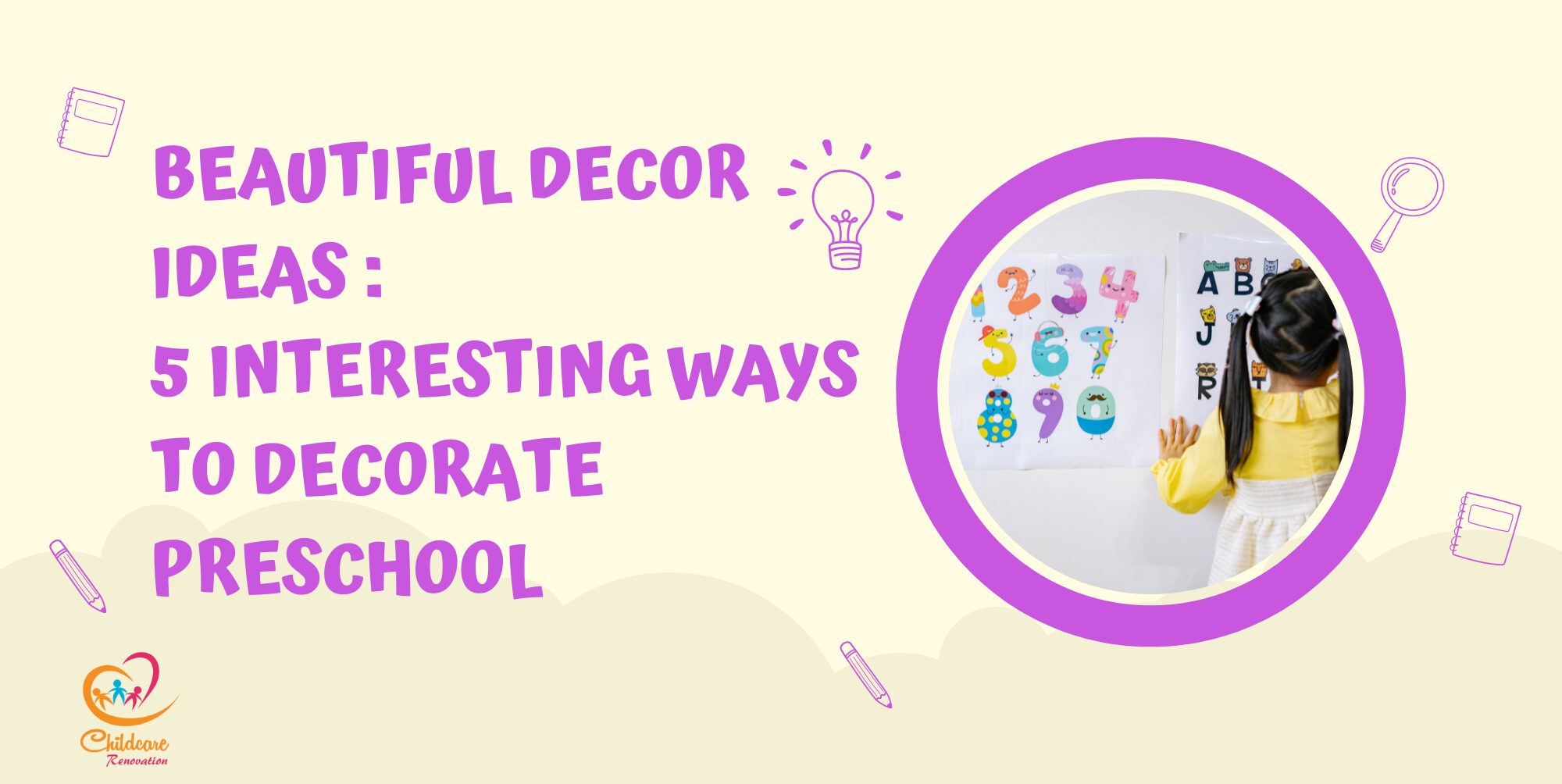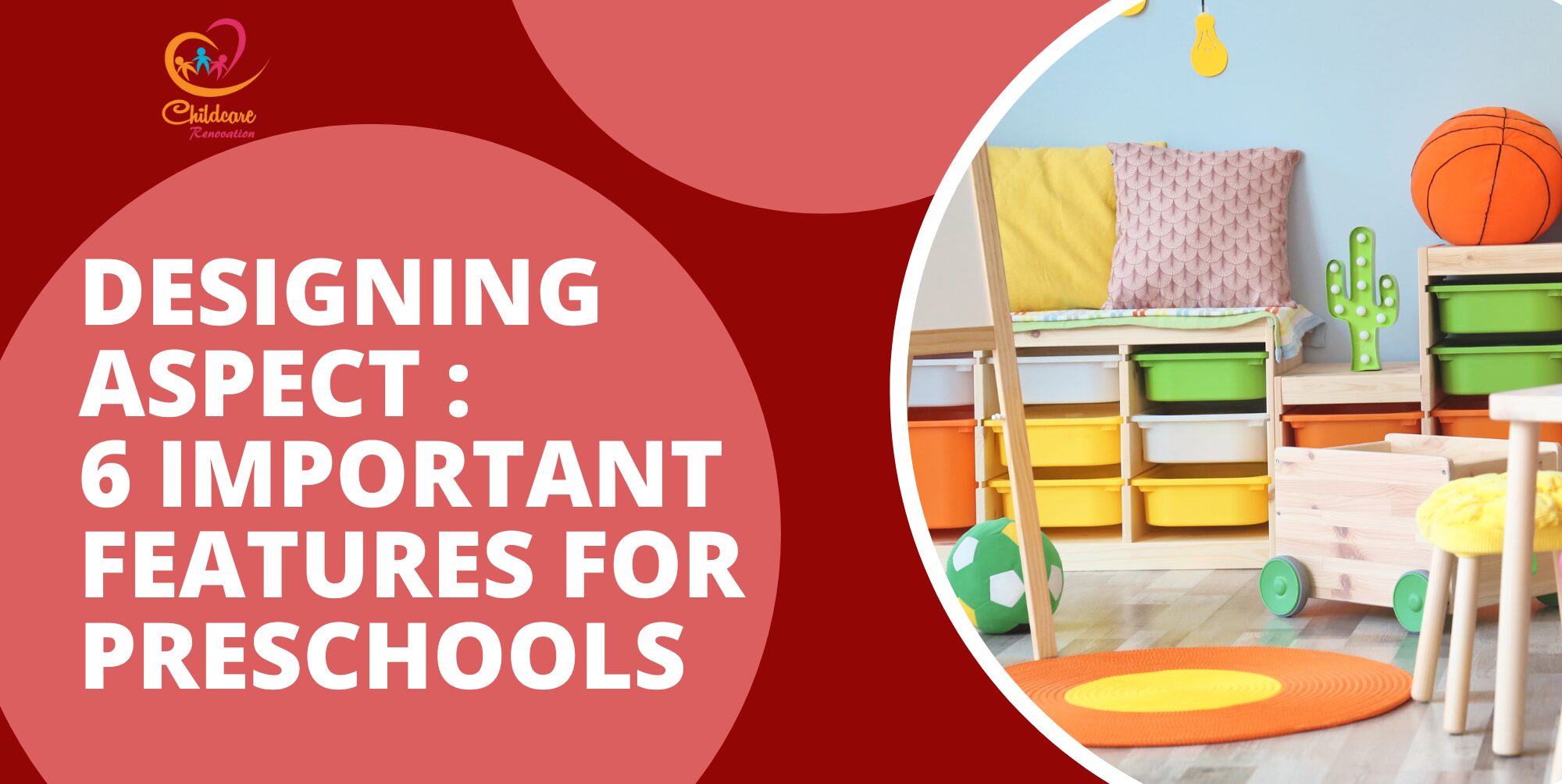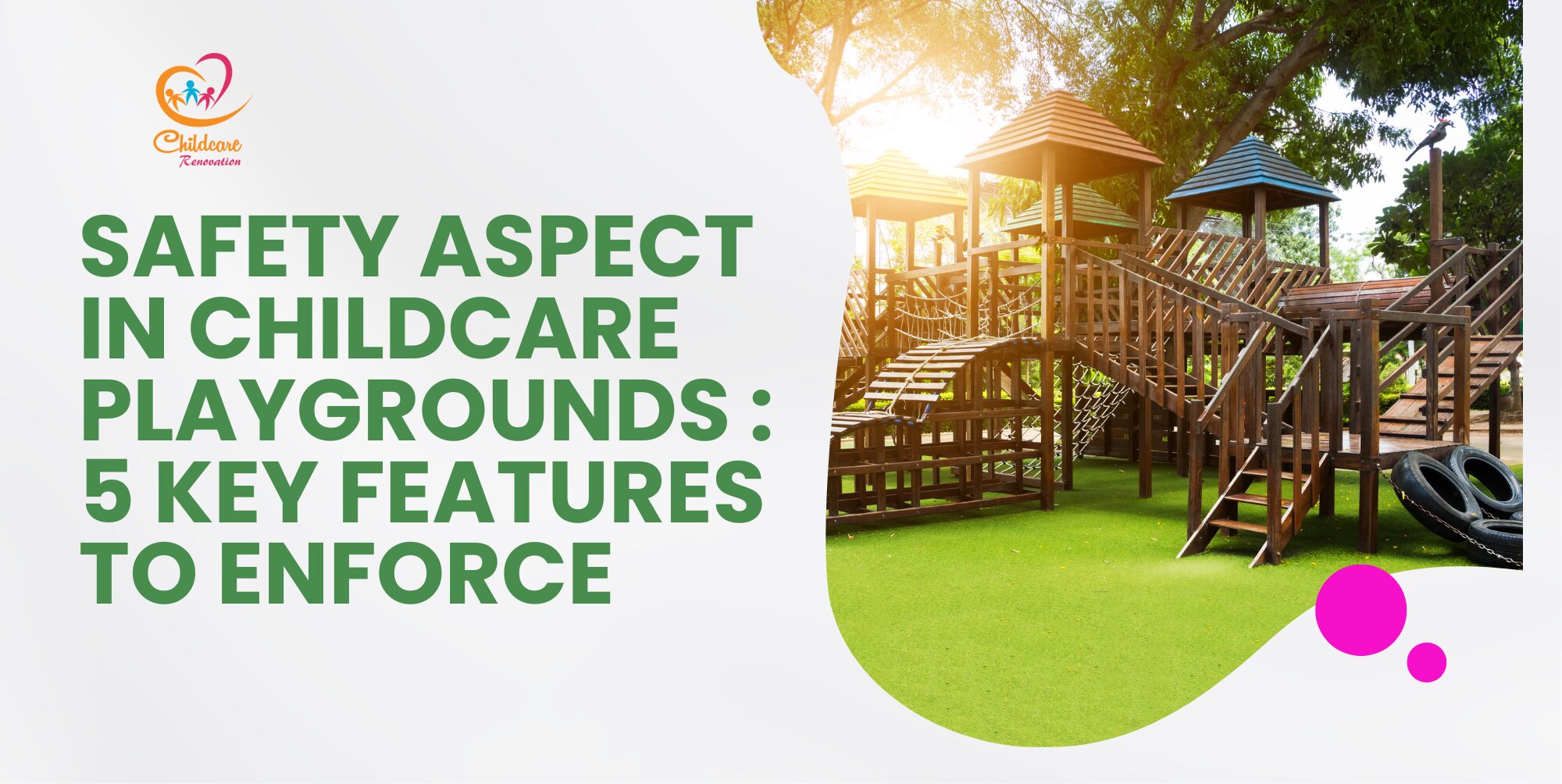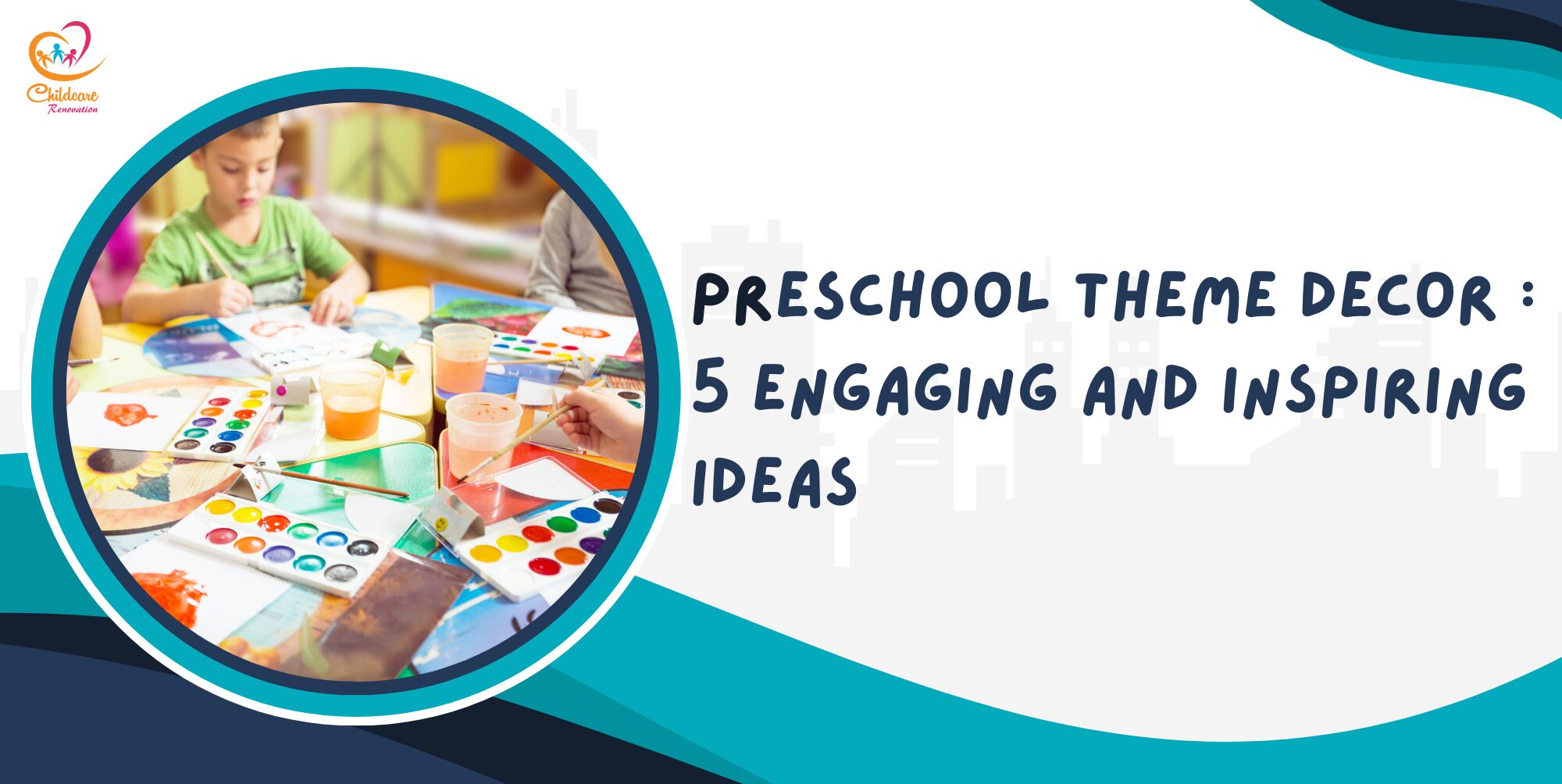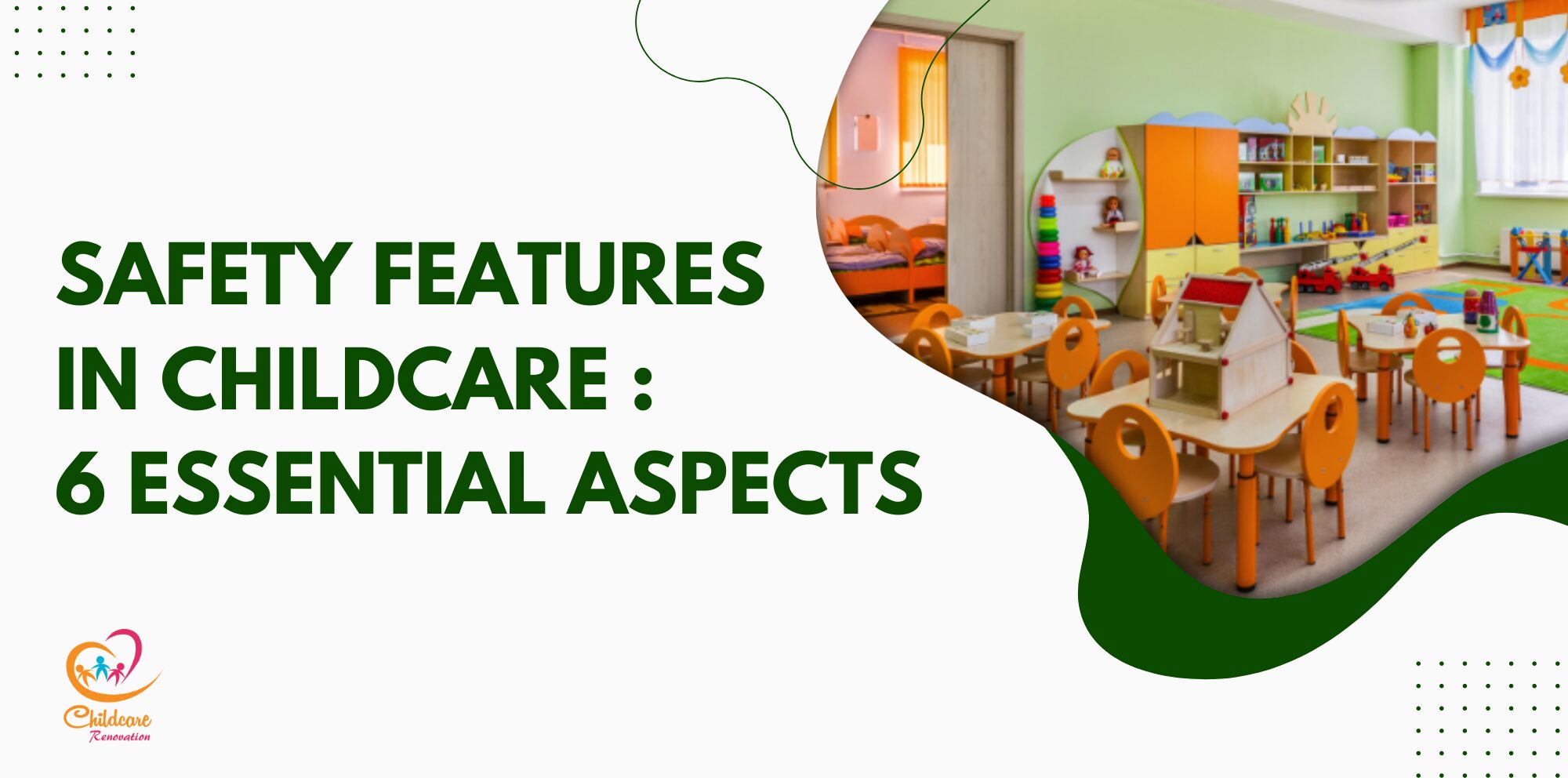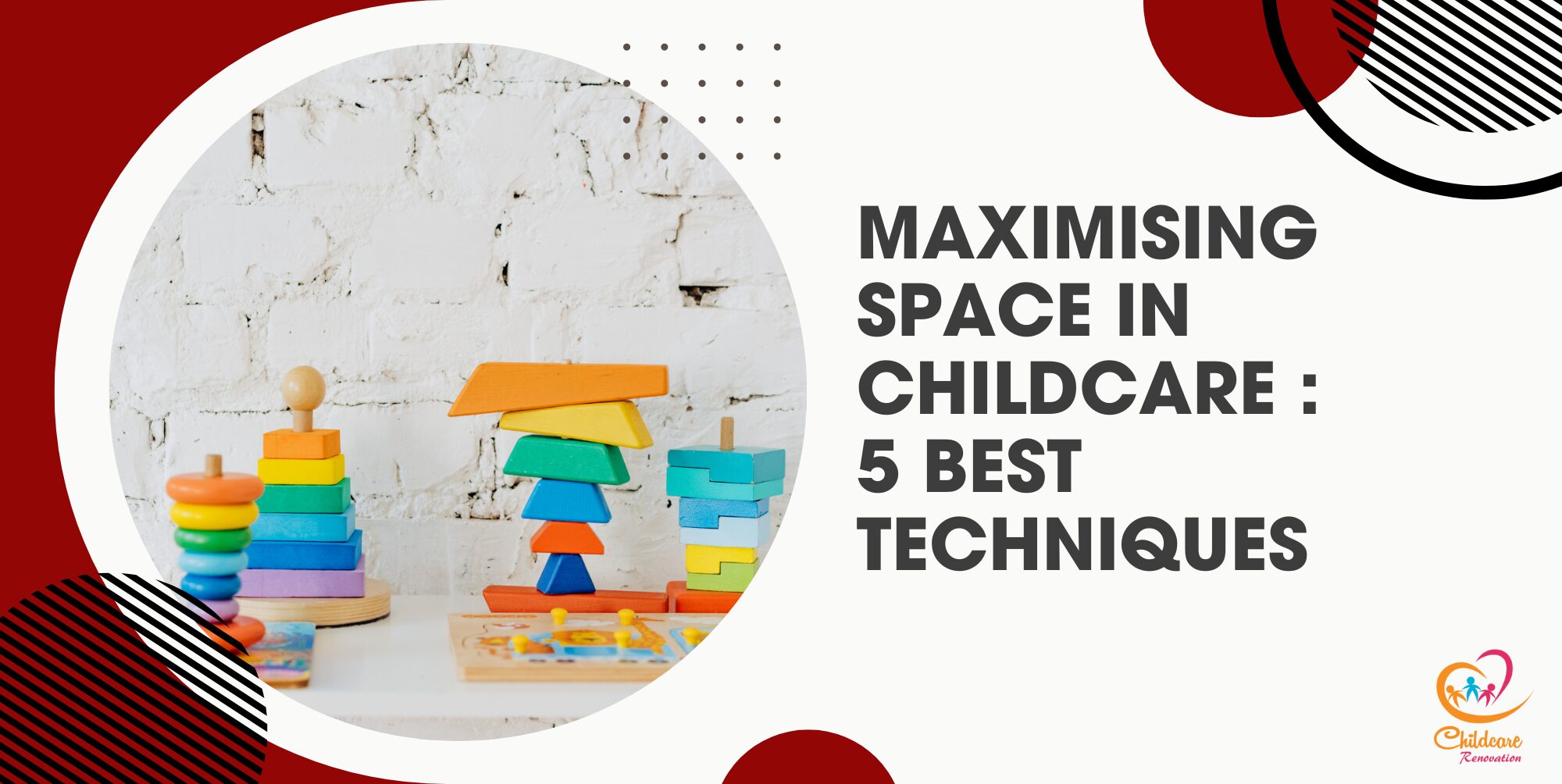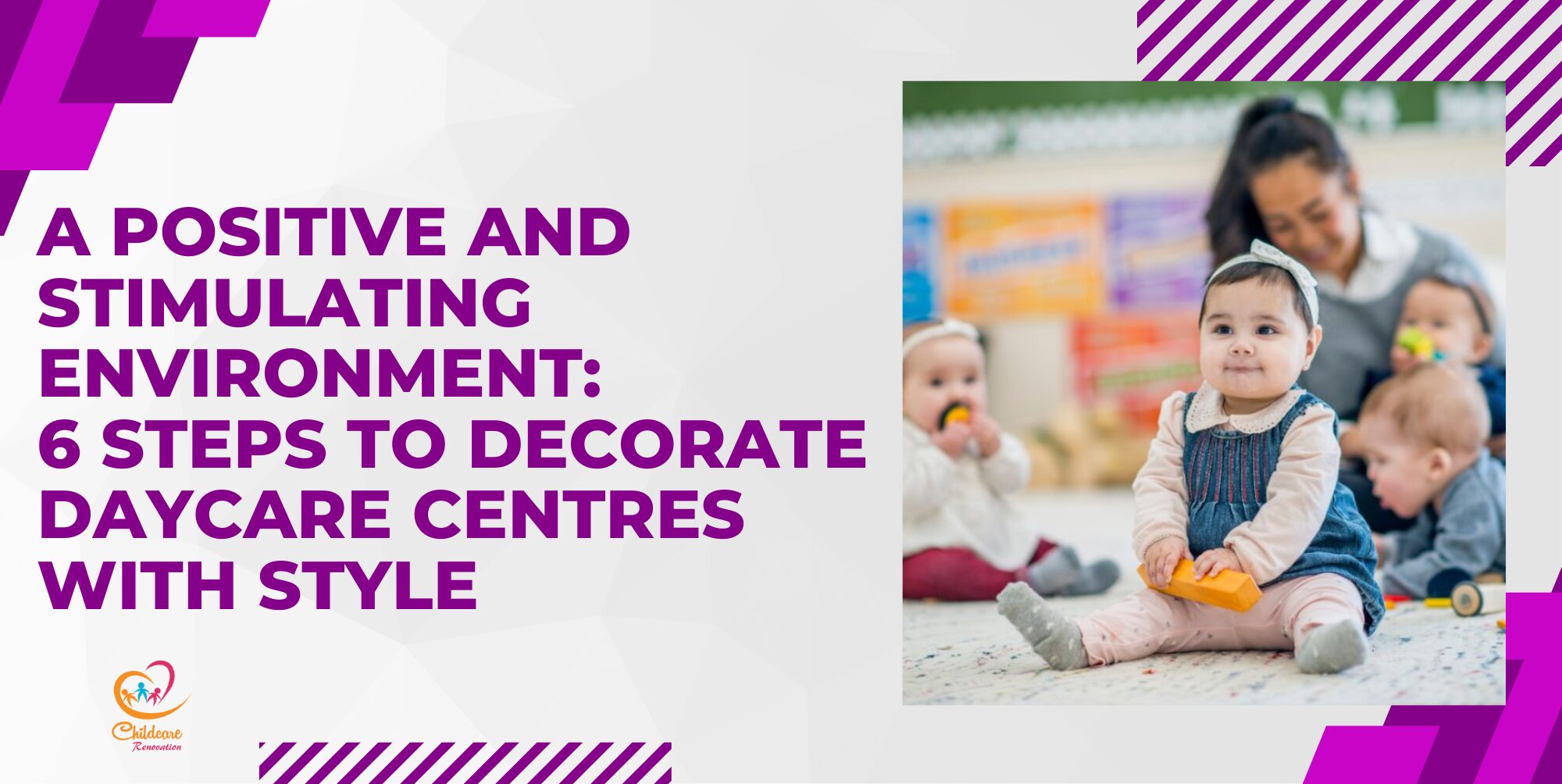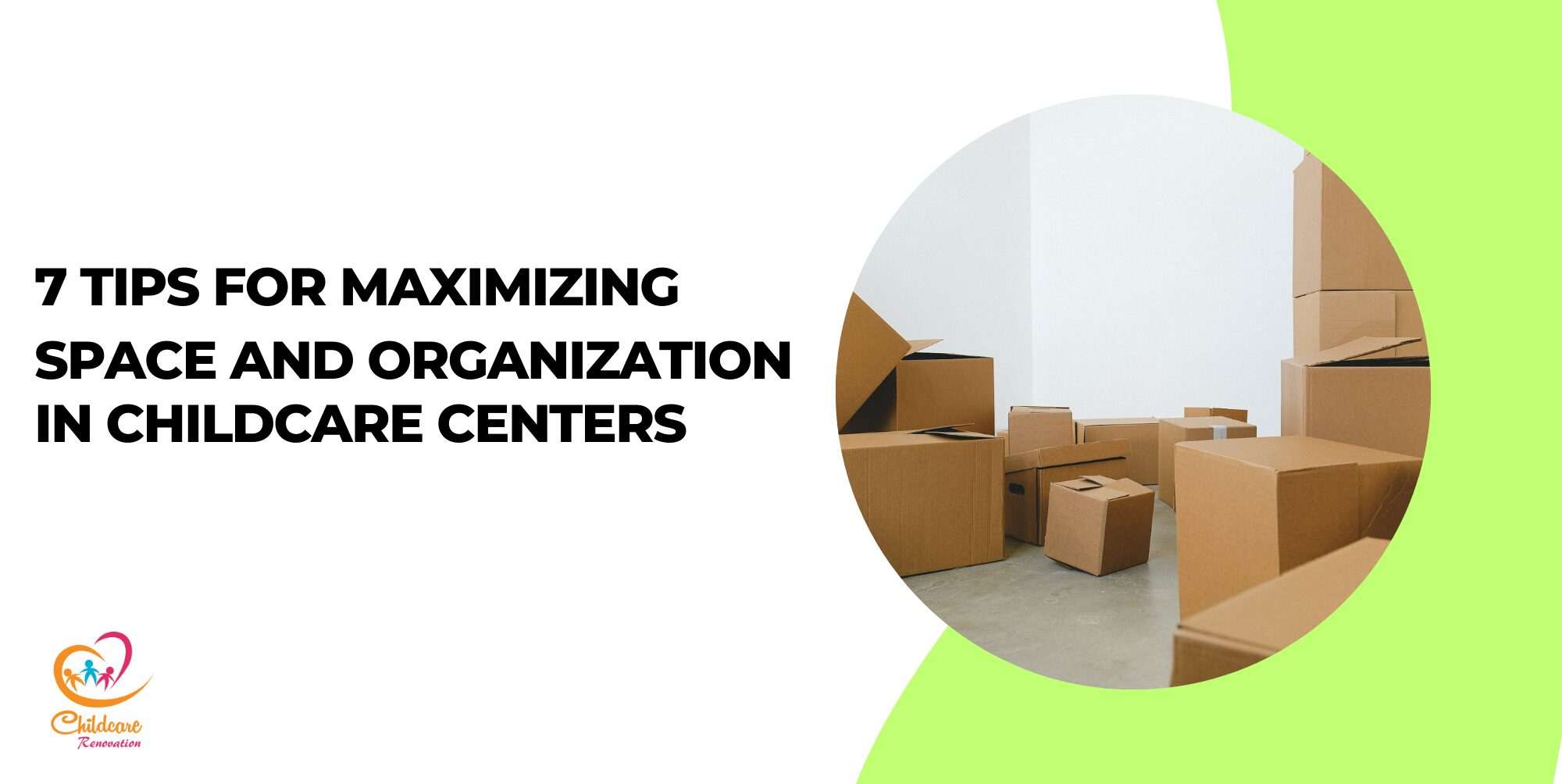You may have heard of the sensory room, but you may not know what it is about. One thing you won’t expect is that children can benefit from a sensory room, no matter whether they have special needs or not. Adding a sensory room in your preschool can help regulate the children’s mood, which is a great way.
When creating a sensory room in your preschool, you will need to consider the children’s needs. Different children will need a different experiences. Some require more visual input, such as optic lights, while others require other experience.
The sensory room suits people of all ages. They have different ways of regulating their moods. But of course, here, we will let you understand more about a sensory room and the ideas you can use to create one in your preschool.
What Is A Sensory Room?
Video Credit: Alisther Intervention Centre
A sensory room is an environment where children are given the sensory input they need to self-regulate and decompress. It has lesser overstimulating sensory input. It is usually used for children with various disorders, such as sensory processing disorder or autism. But it sill benefit for normal children.
It helps to calm down the children or stimulate their senses. Each child can use the sensory room in a way that benefits them the most. The room usually contains different activities that engage a child’s five senses. Everyone’s needs are different, so there is no one-size-fits-all solution.
It is important to learn to recognize each child’s triggers to preempt them and avoid sensory overload. In a sensory room, it can help to stop the triggers and recover the nervous system. So identifying these triggers enables adults and children to remove negative experiences. It can surround the children with sensory-friendly stimuli and create a positive experience.
How Do Sensory Room Help?
Video Credit: Click On Detroit
The sensory room provides the best sensory input for specific needs. It uses various therapeutic equipment to assist the children in learning to self-regulate their behaviors and improve their focus. Sensory rooms are categorized as “calming” or “active” rooms. To experience a full circle of sensory experience, children usually start in an active space and finish in a calming section.
A sensory room can be incorporated into the children’s everyday routine. It shouldn’t be used as a reward or punishment. It should be part of the overall “sensory diet.” Getting the necessary sensory input can create a healthy lifestyle for the children.
Children may be too young to recognize the triggers and sensory needs independently. As an adult in your preschool, you can give proper guidance. Once the children can identify their own needs, they are ready to self-regulate. The room should be available when necessary, and you should avoid forcing the children to use it.
Sensory Room Ideas #1 – Pick the Right Flooring
When creating a sensory room in your preschool, you must pick the right flooring. Ensure that the flooring is soft enough for the children. Children usually fall or crash several times, but getting the right flooring will reduce the chances of getting injured. If you are creating a room with a concrete floor, you will want to put plenty of padding.
There are plenty of options for you to choose from. Put thick, high-quality foam tiles that interlock. Thin and flimsy ones won’t be able to cushion the kids. It is better to put extra padding if it is a high-risk area, such as climbing equipment. Gel floor tiles are another option. It can improve the overall experience, and children can sit, jump, step, or watch the colors ooze and move together.
Sensory Room Ideas #2 – Sensory Swing
Image Credit: Eureqah Kids
Adding a sensory swing into the sensory room is one of the best ideas. There are different types of sensory swings in the market. Some are fabric, while there others are which is a platform.
A sensory swing can provide the children with vestibular input. It can help the children calm down and learn where their bodies start and end. No matter which type of sensory swing you pick, make sure it fits and installs well in your preschool’s sensory room. If you are worried about safety when it comes to installation, some sensory swings come with stands.
Sensory Room Ideas #3 – Include Sensory Lighting
You can also include some sensory lighting for the children to enjoy in your sensory room. One thing you need to take note of is that sensory lighting is different than your typical lights. Sensory lighting can provide visual sensory input rather than simply illuminating the space.
The right sensory lighting can improve the overall experience and create a calming environment. The lights are mesmerizing and prevent meltdowns. It is best not to use bright fluorescent lights, as it can cause the children to feel overstimulated. Some sensory lighting options include lava lamps, sensory light projectors, glowing bubble tube lights, and fiber optic curtain lights.
Sensory Room Ideas #4 – Add Sensory Seating
Seats are an important piece of furniture in a room, and some special seating is one of the top sensory room ideas. You can consider a few kinds of sensory seating, such as seats that provide compression.
A bean bag chair is another option you can consider. Besides using it to sit, bean bag chairs are big and durable enough for the children to jump into it and climb over it.
Sensory Room Ideas #5 – Tactile Media
Tactile media is another thing you want to include in your preschool sensory room. Children will need tactile sensory input. You can have a low table with storage containers in the room to serve as sensory bins. There are plenty of items for you to rotate and include for tactile experiences.
You can include some options in sensory bins, such as sand, shaving cream, play-doh, pasta, rice, beans, and kinetic sand.
Sensory Room Ideas #6 – Tunnels & Quiet Spaces
A quiet space is also something you need in a sensory room. You can get a collapsible or fold-up tunnel to encourage children to crawl through the space. Some children love the visual enclosure, which they can crawl in and be alone with a book or blanket.
If you don’t have much space for a tunnel, you can create a quiet space for a sensory deprivation area. It can be a simple tent with pillows and blankets. A sensory tent can provide a safe hiding spot to reduce dysregulation for the children.
Isn’t all these sensory room ideas amazing? If you are creating one for your preschool, remember to include all these tips to have one that can help the kids.
Speak with The Experts
Planning to get started at your kindergarten but have no idea about it?
Childcare Center Renovation Singapore is a reliable company for renovation and interior design. They have about ten years of experience in this field and have a good reputation among customers.
Call us now to get your desired kindergarten design ideas now!

